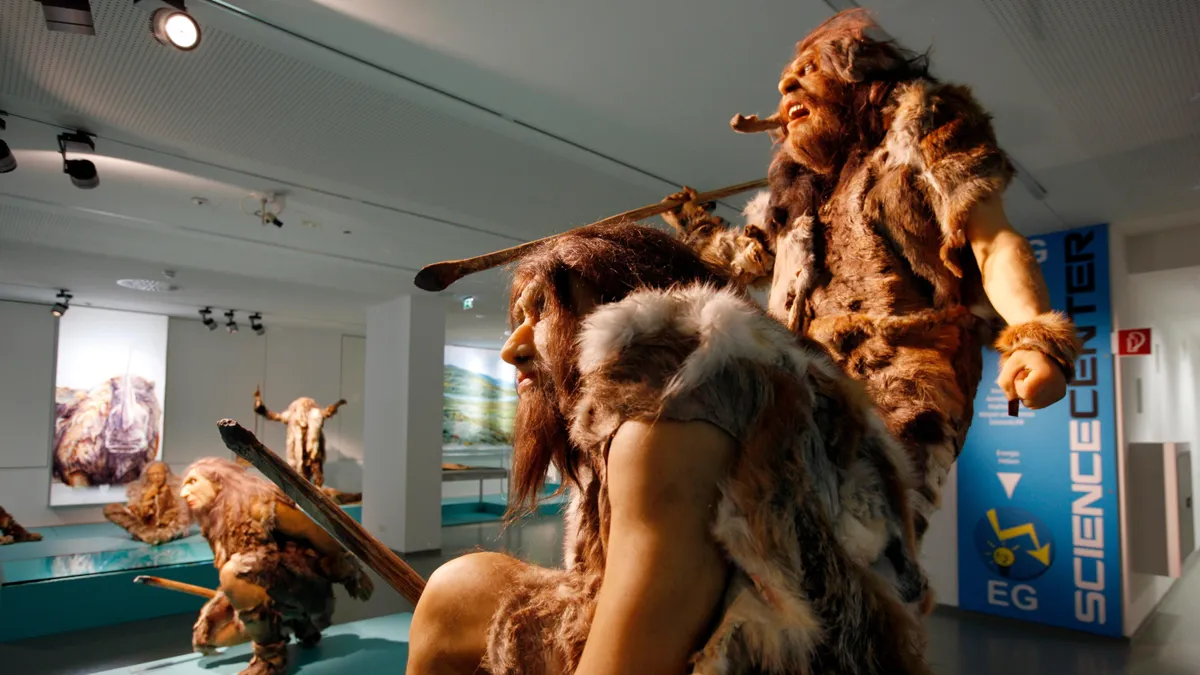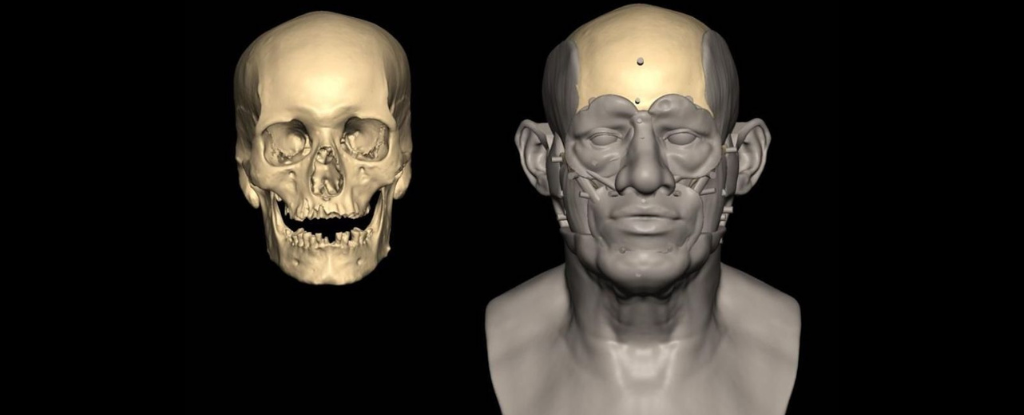
Journalist Graham Hancock travels the globe hunting for evidence of mysterious, lost civilizations dating back to the last Ice Age.
Season 2 launched 16th October 2024. Trailer here.
The research, published Wednesday (July 2) in the journal Science, reveals that these archaic human relatives had a process for extracting grease from animal bones — and it may have saved them from a lethal condition.
A new study has found that a psychedelic formulation inspired by ayahuasca can significantly alter how the brain processes faces—especially one’s own. The research shows that the compound changes both early visual perception and later self-referential processing, effectively weakening the...
Excavation uncovers evidence of 4 ancient human species, obsidian tools dating back over 300,000 years...Archaeologists have uncovered rare artifacts from the Paleolithic era at Ulukoy Cave in Türkiye’s southeastern Mardin province, revealing the earliest known evidence of human activity in...
The findings suggest that early Egyptians once lived in a melting pot of cultures, with migrants and traders arriving from other parts of Africa and Mesopotamia, an ancient region that now encompasses parts of Iraq, Türkiye, and Iran. The study...


